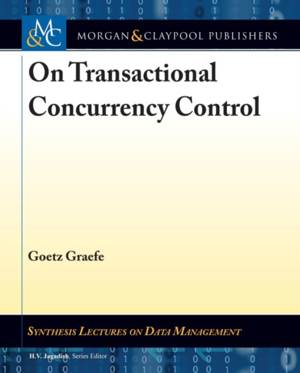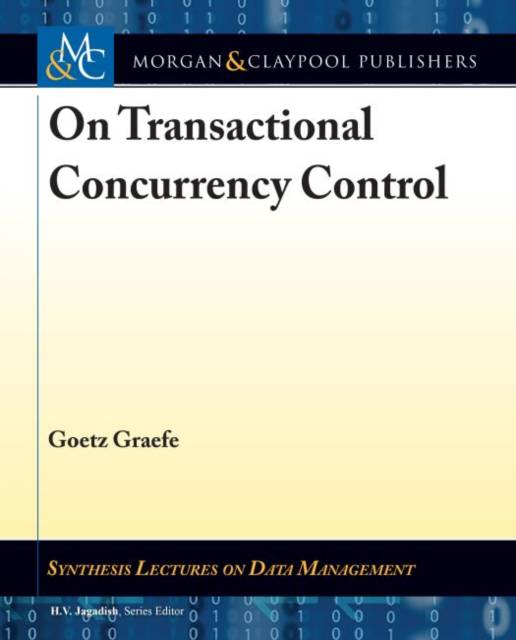
- Afhalen na 1 uur in een winkel met voorraad
- Gratis thuislevering in België vanaf € 30
- Ruim aanbod met 7 miljoen producten
- Afhalen na 1 uur in een winkel met voorraad
- Gratis thuislevering in België vanaf € 30
- Ruim aanbod met 7 miljoen producten
Omschrijving
This book contains a number of chapters on transactional database concurrency control.
A two-sentence summary of the volume's entire sequence of chapters is this: traditional locking techniques can be improved in multiple dimensions, notably in lock scopes (sizes), lock modes (increment, decrement, and more), lock durations (late acquisition, early release), and lock acquisition sequence (to avoid deadlocks). Even if some of these improvements can be transferred to optimistic concurrency control, notably a fine granularity of concurrency control with serializable transaction isolation including phantom protection, pessimistic concurrency control is categorically superior to optimistic concurrency control, i.e., independent of application, workload, deployment, hardware, and software implementation.
Specificaties
Betrokkenen
- Auteur(s):
- Uitgeverij:
Inhoud
- Aantal bladzijden:
- 404
- Taal:
- Engels
- Reeks:
Eigenschappen
- Productcode (EAN):
- 9781681735481
- Verschijningsdatum:
- 11/06/2019
- Uitvoering:
- Paperback
- Formaat:
- Trade paperback (VS)
- Afmetingen:
- 191 mm x 235 mm
- Gewicht:
- 693 g

Alleen bij Standaard Boekhandel
Beoordelingen
We publiceren alleen reviews die voldoen aan de voorwaarden voor reviews. Bekijk onze voorwaarden voor reviews.











